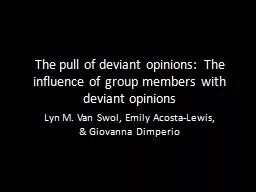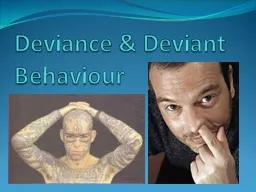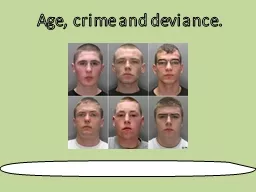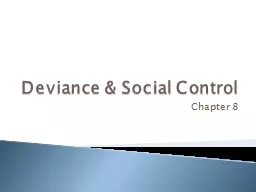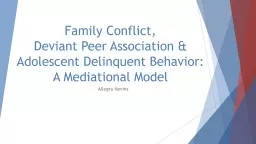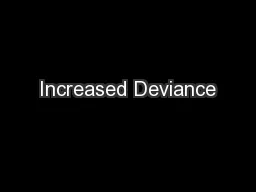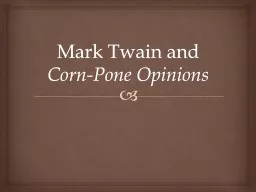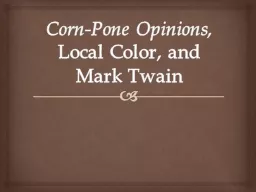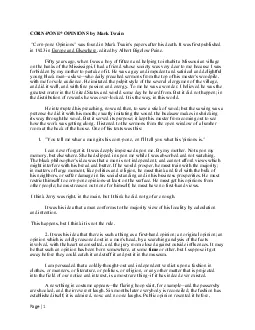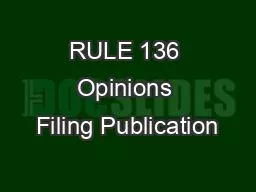PPT-The pull of deviant opinions: The
Author : myesha-ticknor | Published Date : 2016-03-20
influence of group members with deviant opinions Lyn M Van Swol Emily AcostaLewis amp Giovanna Dimperio Social Judgment Schemes Davis 1996 identify functions
Presentation Embed Code
Download Presentation
Download Presentation The PPT/PDF document "The pull of deviant opinions: The" is the property of its rightful owner. Permission is granted to download and print the materials on this website for personal, non-commercial use only, and to display it on your personal computer provided you do not modify the materials and that you retain all copyright notices contained in the materials. By downloading content from our website, you accept the terms of this agreement.
The pull of deviant opinions: The: Transcript
Download Rules Of Document
"The pull of deviant opinions: The"The content belongs to its owner. You may download and print it for personal use, without modification, and keep all copyright notices. By downloading, you agree to these terms.
Related Documents

